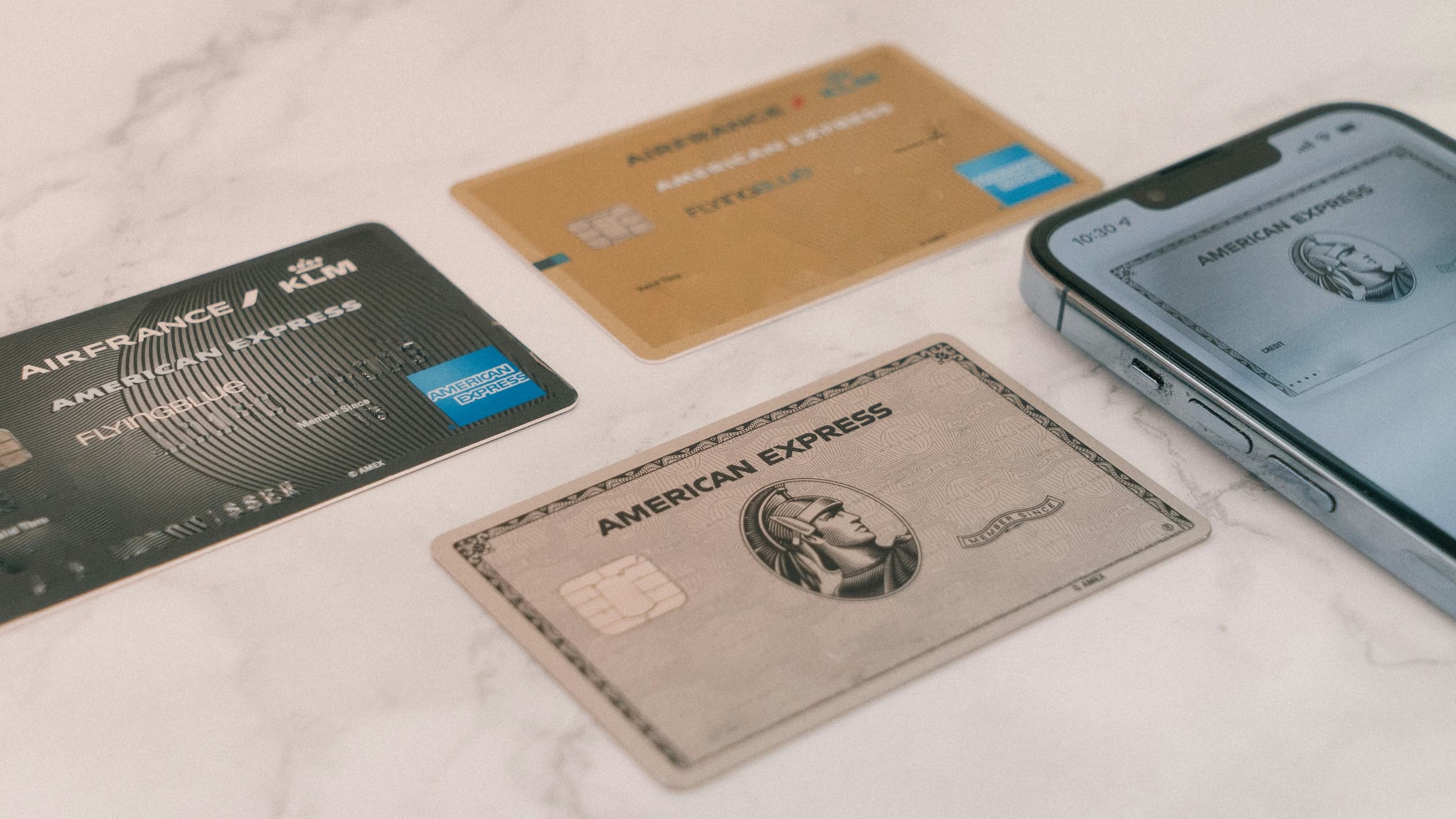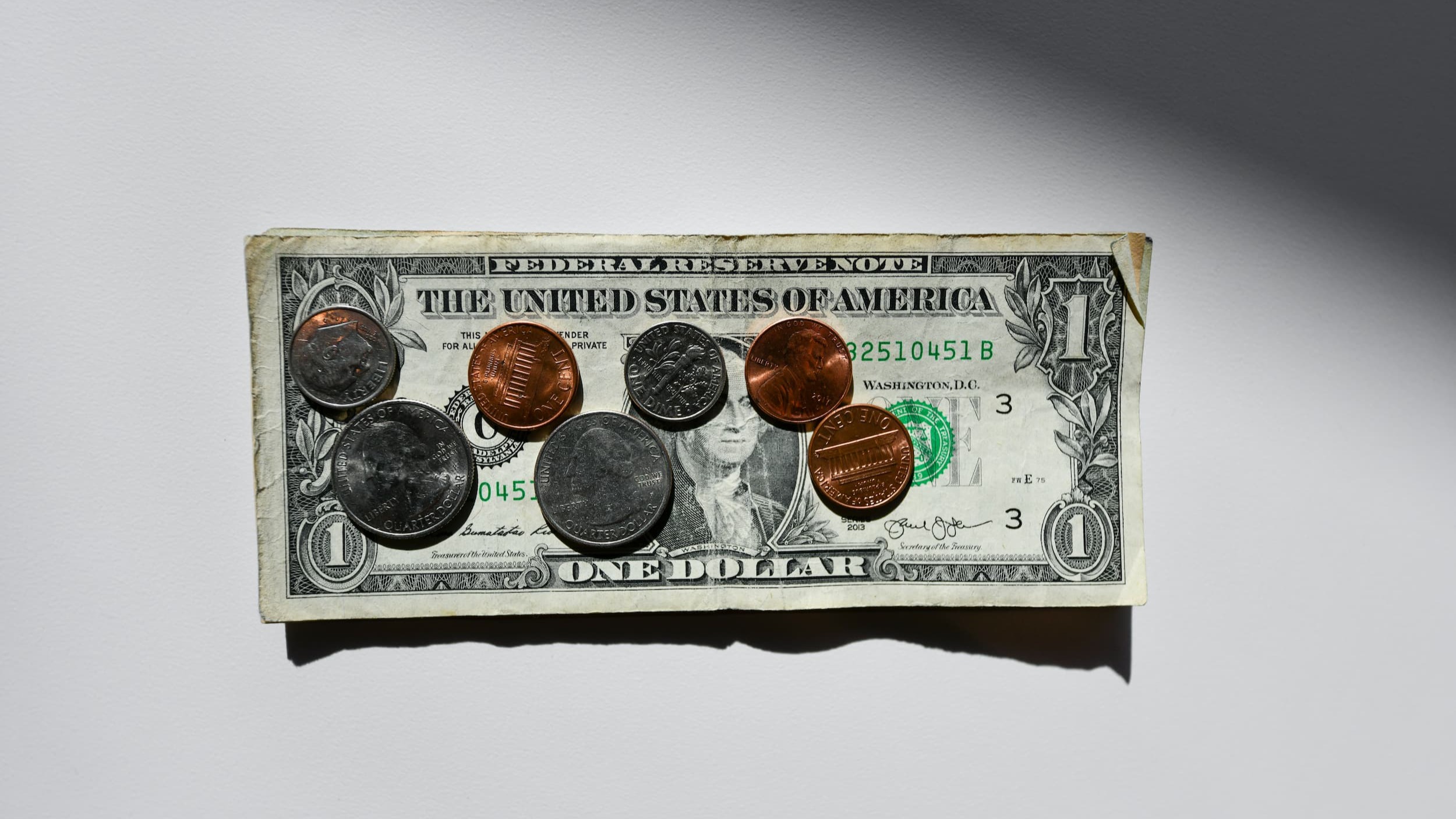 Your Money
Your Money What Was the Largest Credit Card Purchase Ever?
The largest credit card purchase in history was made by Chinese magnate Liu Yiqian in 2015. Find out what he bought and how much he spent.



Did you know there’s a way to shield your money from inflation while growing it at the same time? We’re talking about Unidades de Inversión (UDIS)—a tool introduced almost 30 years ago to safeguard the savings of Mexican citizens.
More than just a simple unit of measure, UDIS let you preserve or increase the real value of your money. That’s why it’s important to know how to invest in UDIS, and we’ll walk you through the steps to get it done.
But first, let’s clarify what UDIS are, how they work, and their pros and cons. That way, you can evaluate if they’re a reliable option for growing your assets in the future.
Unidades de Inversión (UDIS) are a financial reference created in the wake of Mexico’s 1994–1995 financial crisis. They were launched in 1995, at which time 1 UDI equaled 1 MXN.
Their primary purpose was to stabilize the country’s economy and tackle inflation. Since then, the UDIS’ value is updated daily according to the INPC, the official index tracking the cost of the country’s basic basket of goods.
Hence, UDIS can rise or fall in line with changes in general prices across the economy.
UDIS protect both regular citizens and financial institutions from currency fluctuations and devaluation. This makes them a key tool for financial products and contracts that require long-term stability. Overall, they’re used to:
Safeguard mortgage loans, ensuring constant real-value payments.
Create low-risk investments, as they maintain the purchasing power of your money.
Perform legal or financial calculations that must adjust to inflation—like indemnities or other settlements.
Here’s a simple example to illustrate their role and benefits:
Suppose a cup of coffee in an average coffee shop was 25 MXN ten years ago, but today it’s 60 MXN—representing a 140% increase in a decade. If you hold on to those 60 MXN now in order to buy that same coffee in another ten years, it’s likely the price will have climbed again—so you won’t have enough money to buy it.
In contrast, UDIS adjust in value according to inflation, ensuring your money retains its purchasing power. This is a big advantage, especially in a context where inflation affects everything from the strongest currencies to the cheapest currency in the world.
Although they’re not the most expensive currency in the world, UDIS are a solid tool for diversifying within the Mexican market, offering numerous advantages to those looking to protect their capital. But like any financial instrument, they have certain limitations:
Pros | Cons |
Low-risk instrument. UDIS’ value rises in tandem with inflation rates, thus safeguarding purchasing power. They yield returns every six months, with a fixed interest rate. Interests are unaffected by sudden rate changes. Provide long-term stability. Can be used in mortgages, investments, indemnities, etc. | If inflation is low or if deflation occurs, the benefits of investing in UDIS might be smaller. You cannot access your money for at least three years. While they offer stability, they don’t generate as high returns as other, riskier financial instruments. |
Being designed to keep your money steady against inflation, they’re a reliable choice in markets facing volatility.
If, after weighing the pros and cons, you opt to diversify your capital with UDIS, here’s how to do it:
You can opt for Udibonos, investment funds pegged to UDIS, or even mortgages denominated in these units.
Check the specific features to see which best aligns with your goals.
To use any of these instruments, you need an account at a financial institution that offers an investment fund or product linked to UDIS.
Many banks allow you to do this online for added convenience—e.g., BBVA.
Once you have an account, invest the desired amount—either by visiting a branch or doing it online.
Afterwards, simply keep track of the ongoing UDIS value changes and interest rates.
UDIS present a way to secure your money’s value in a volatile environment, but make sure they suit your needs since they mainly cover the domestic market.
By now, you might wonder: “What’s the current exchange rate of UDIS to pesos?” As we’ve noted, its value is updated daily, generally trending upward to reflect inflation—so it rarely goes down, guaranteeing gradual growth.
For details, consult Mexico’s Diario Oficial de la Federación (DOF), which publishes UDIS values on a preset schedule:
Day 10 each month: values valid from the 11th to the 25th.
Day 25 each month: values valid from the 26th of that month to the 10th of the next.
This system has been in place since 1995 via Banco de México.
What’s the UDIS rate today?
As of January 7, 2025, the value of 1 UDI is about 8.356354 MXN.
It’s clear that UDIS can be a crucial tool for preserving the real value of your money against inflation and volatility. However, they’re specifically designed for the Mexican market—so if you plan to diversify internationally, you may need alternative solutions.
For instance, with DolarApp, you can diversify your savings and manage your finances in digital dollars—a great choice for receiving funds in USDc via a straightforward method and a fixed fee. Besides safeguarding your capital in a stronger currency, it streamlines international transfers from Mexico, helping you hedge against local fluctuations.
Multiply the current UDI rate (8.356354) by 500. That means 500 UDIS today is 4,178.18 MXN.
Applying the same logic with today’s UDI rate, 1000 UDIS is 8,356.354 MXN. For convenience, you can use a UDI-to-peso converter.
In insurance, UDIS serve as a financial unit used to index premiums and policy coverage to inflation. Thus, they ensure policy amounts keep their real value long-term.

The world has borders. Your finances don’t have to.
 Your Money
Your Money The largest credit card purchase in history was made by Chinese magnate Liu Yiqian in 2015. Find out what he bought and how much he spent.

 Your Money
Your Money In most cases, the reference number in a transfer is a unique code that varies depending on the bank or system used.

 Your Money
Your Money Do you know what types of coins and bills circulate in the U.S.? Click here and find out which U.S. coins exist and their value.


